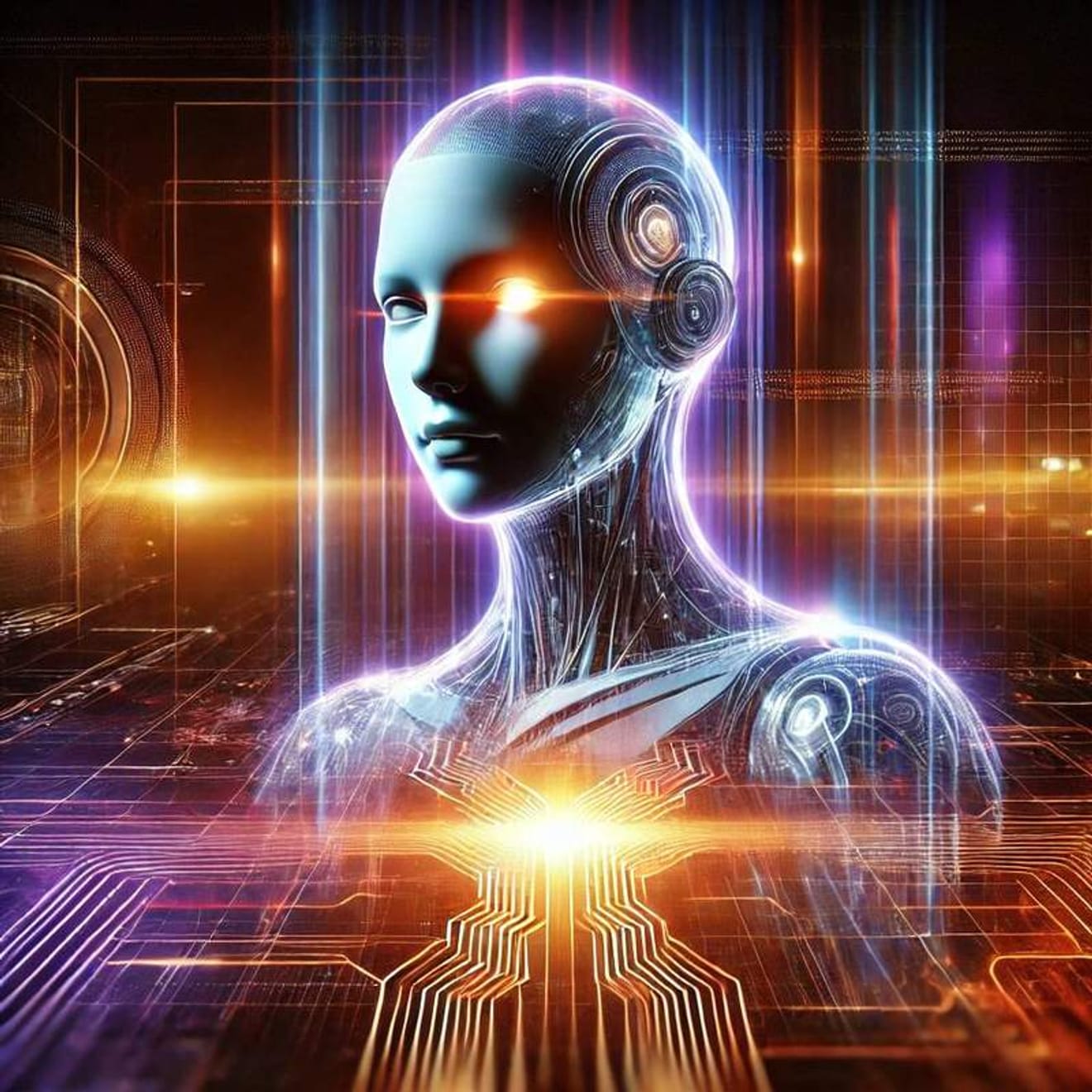With the rapid advancement of the digital age, cybersecurity has become a critical issue for both businesses and individuals. As cyberattacks become more sophisticated and automated, traditional security systems alone are insufficient to adequately detect and respond to threats. Consequently, AI (Artificial Intelligence) has established itself as a core technology in cybersecurity, driving innovation in various areas such as real-time threat detection, automated response, and fraud prevention.
AI serves not merely as a defensive tool, but also plays a proactive role in predicting and preventing cyberattacks, offering a more advanced security environment than traditional rule-based security systems. This article will delve into how AI is transforming cybersecurity, examining its benefits, limitations, and future prospects.

1. AI-Based Threat Detection and Prevention
AI can analyze vast amounts of data to detect and respond to cyber threats proactively. While traditional security systems operate based on pre-defined rules and signatures, AI can detect anomalies and identify even novel threats.
• Machine Learning (ML)-based Anomaly Detection: Compares normal network traffic with abnormal activity to detect threats.
• Deep Learning-based Attack Prediction: Analyzes past attack patterns to predict new threats.
• Automated Threat Response System: AI automatically performs defensive and isolation measures upon threat detection.
Example: IBM Watson and Google Chronicle use AI-based security analytics to examine numerous datasets and identify threats that traditional systems miss.
2. AI-Based Malware Detection and Response
Traditional signature-based malware detection methods are limited in their ability to block new malware variants. AI can detect malware with far greater precision than traditional methods through behavioral analysis.
• Behavior-Based Analysis: Monitors the behavior of running programs in real-time to determine whether they are malicious.
• AI Automated Isolation System: Quickly blocks infected systems to minimize damage.
• Deep Learning-Based Malware Learning: Continuously learns new threats to improve detection capabilities.
Example: Microsoft Defender uses AI to analyze the execution patterns of programs and detect malware that is difficult to block with traditional detection techniques.
3. Utilizing AI for Phishing Attack Defense
Phishing attacks are a common type of cyberattack that tricks users into revealing sensitive information. AI is highly effective in detecting and blocking phishing attacks.
• Email Pattern Analysis: AI analyzes the wording and links in emails to assess the likelihood of phishing.
• Sender Trustworthiness Assessment: Analyzes the behavioral patterns of email senders to determine whether they are phishing.
• AI-Based Link Review: Analyzes received links to detect malicious websites in real-time.
Example: Google's AI security filter detects and blocks over 99.9% of phishing attacks in Gmail, strengthening user protection.
4. AI-Based Identity Verification and Financial Fraud Prevention
AI plays a crucial role in fraud prevention and identity verification systems in financial transactions.
• Biometric Authentication and Behavioral Analysis: AI verifies identity through facial recognition and fingerprint authentication.
• Abnormal Transaction Detection: Compares transaction history with the user's normal behavioral patterns to identify suspicious transactions.
• AI-Based Fraud Detection Model: Selects transactions with a high probability of fraud and requests additional authentication procedures.
Example: JPMorgan Chase uses AI to analyze financial transaction data in real-time and automatically detect suspicious patterns to prevent fraud.

5. AI and the Zero Trust Security Model
Traditional security models built security systems around a trusted internal network; however, today it is difficult to distinguish between internal users and external threats. Therefore, AI-based Zero Trust models are gaining attention.
• Continuous Authentication and Access Control: AI continuously analyzes user activity to dynamically adjust access rights.
• Enhanced Security Based on User Behavior: AI analyzes login patterns and device information to block suspicious access.
• Internal Threat Detection: Detects and responds to security threats within the organization in real-time.
Example: Cisco and Palo Alto Networks utilize AI to implement more sophisticated Zero Trust security models.
6. Challenges and Risks of AI Cybersecurity
While AI plays a crucial role in cybersecurity, there are still challenges and risks that need to be addressed.
• Increased Cyberattacks Utilizing AI: Hackers can use AI to carry out more sophisticated attacks.
• Issues with Incorrect Threat Detection (False Positives): AI may mistakenly classify normal activity as threats.
• Privacy Concerns: The need for AI to collect vast amounts of personal information for training purposes can pose security risks.
7. Future Prospects of AI-Based Cybersecurity
With advancements in AI technology, the following security changes are expected in the future:
• Introduction of Fully Automated Security Systems: Systems where AI detects threats in real-time and automatically responds will become widespread.
• Advancement of AI-Based Attack Response Technology: Technologies that predict cyberattacks and deceive attackers will advance.
• Strengthening Collaboration Between Artificial Intelligence and Human Experts: Security will become more sophisticated with AI detecting threats and human security experts making final decisions.

AI has become a core technology in cybersecurity, used in various areas including threat detection, automated response, and identity protection. However, cyberattacks that exploit AI are also increasing, necessitating continuous research and response.
Businesses and individuals should actively adopt AI security technologies and stay informed about the latest security trends to protect their digital assets.
<Additional Information>
• Share this article to raise awareness of cybersecurity.
• Implement AI-based security solutions to improve your organization's security level.
• Continuously monitor the latest trends in AI security!
What are your thoughts on the impact of AI on cybersecurity? Please leave your comments below ^^
Comments0